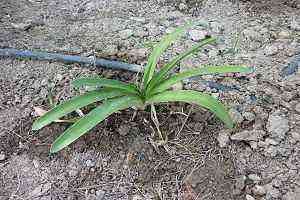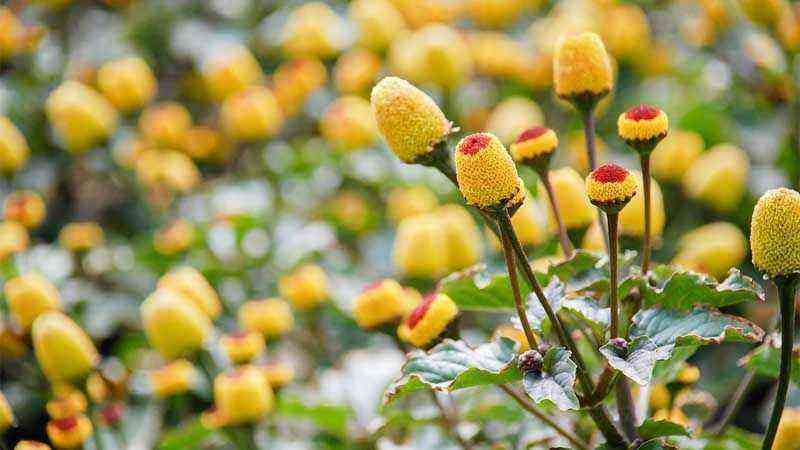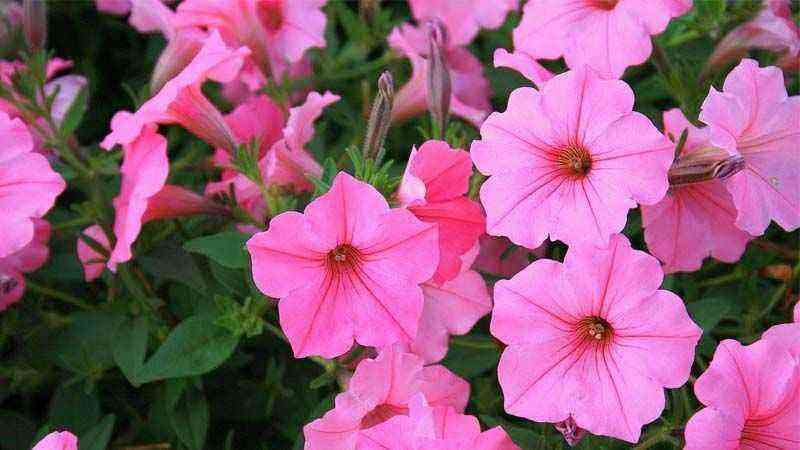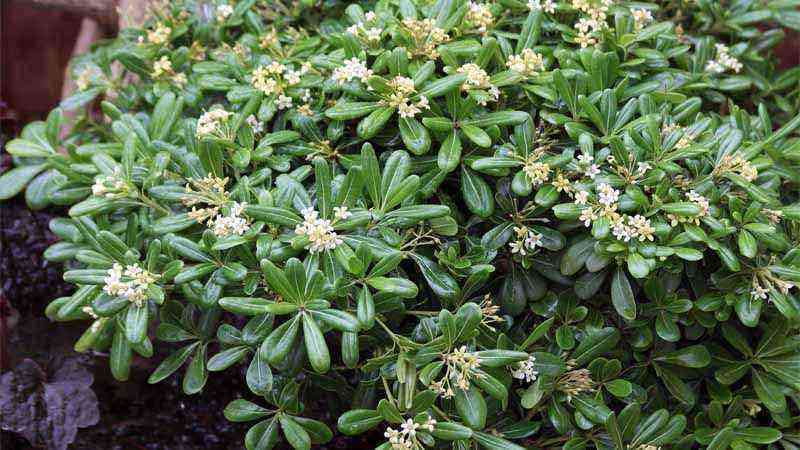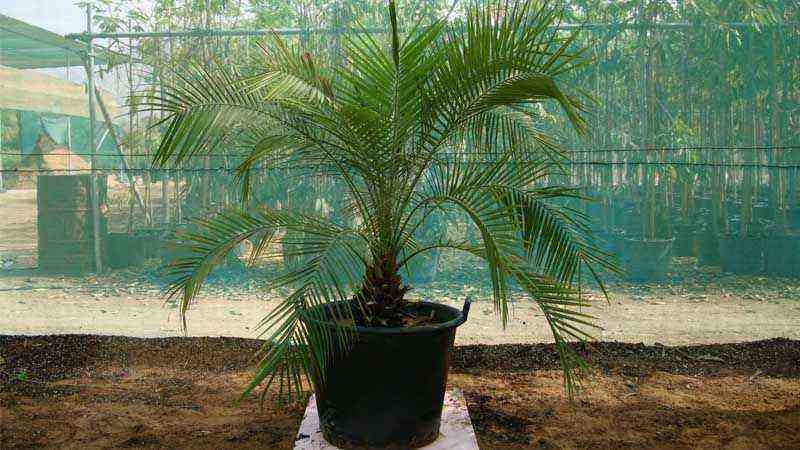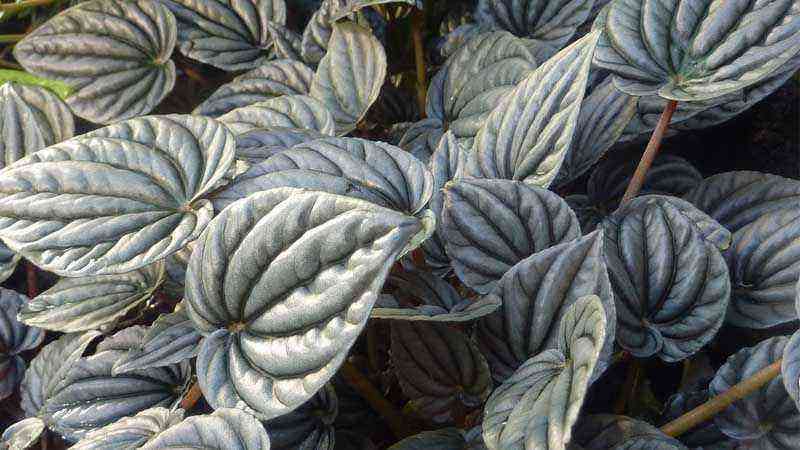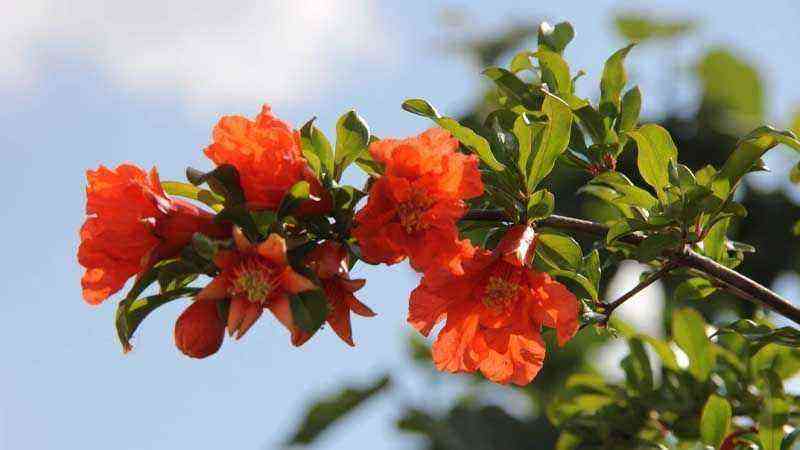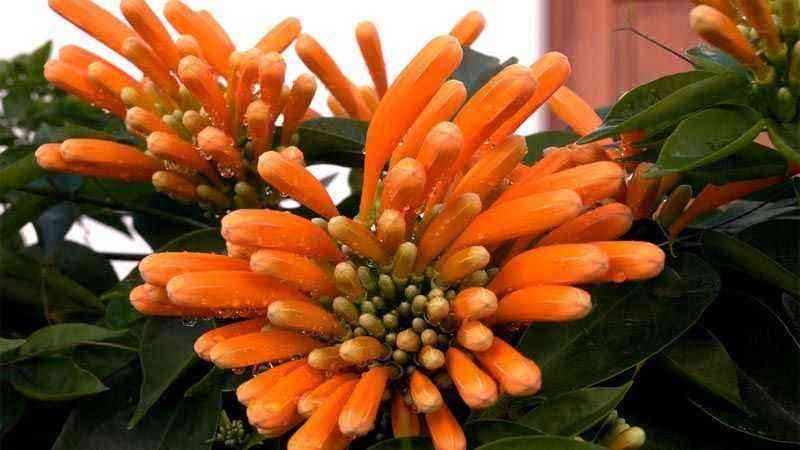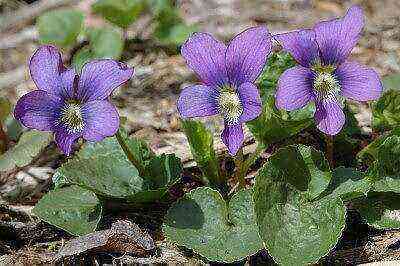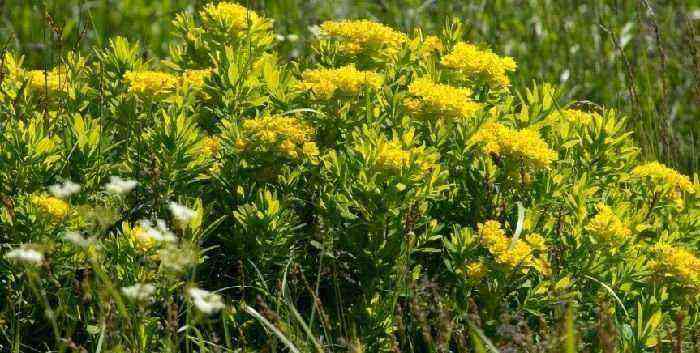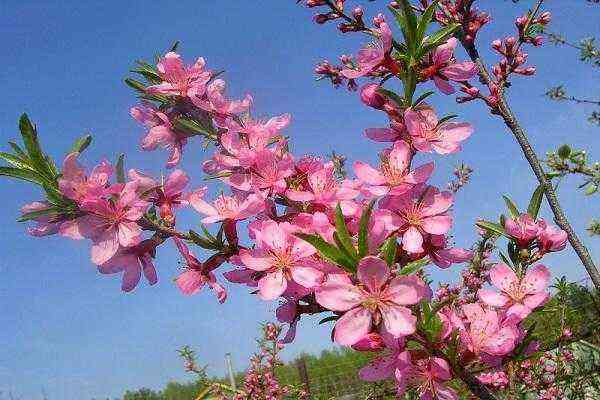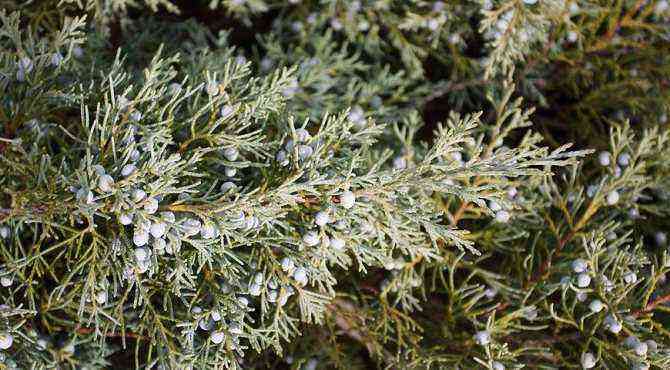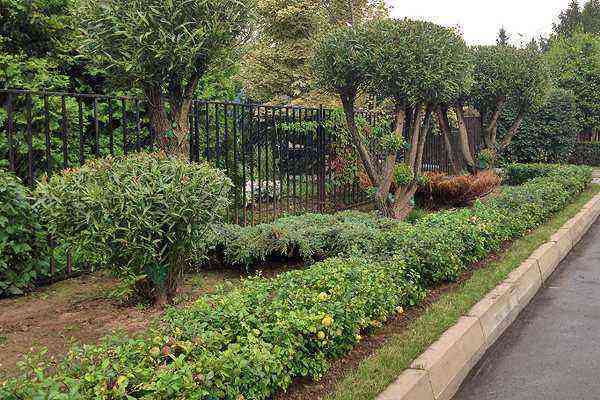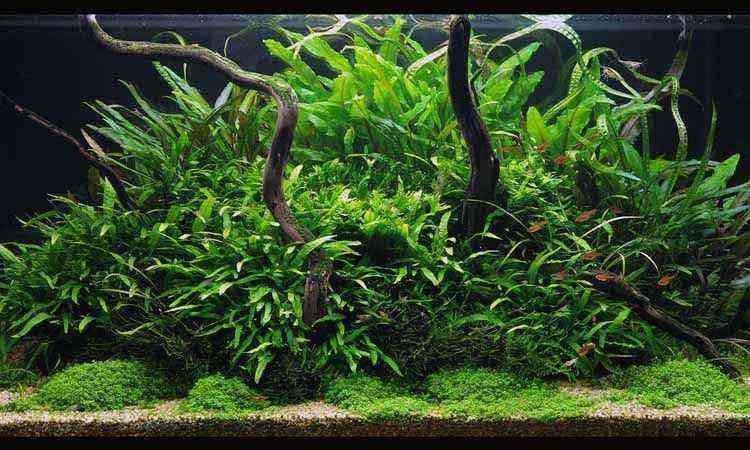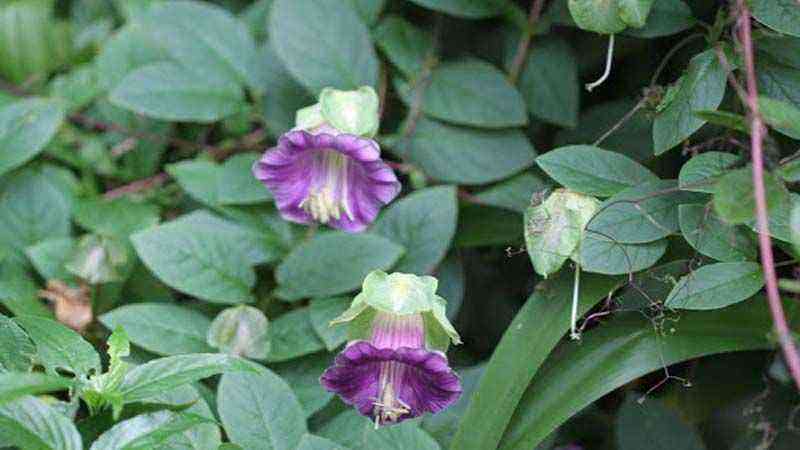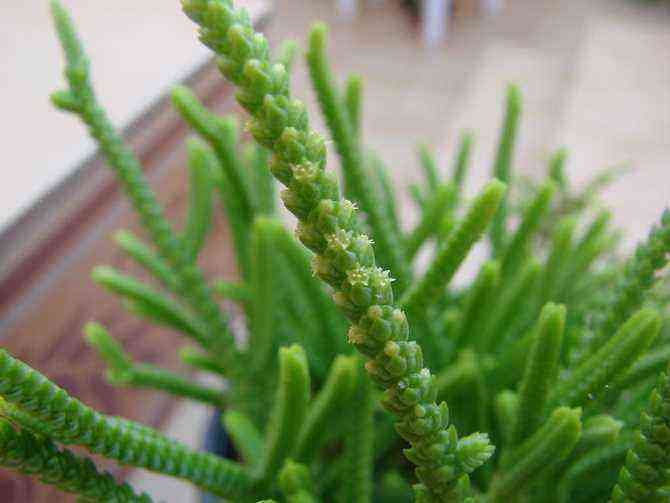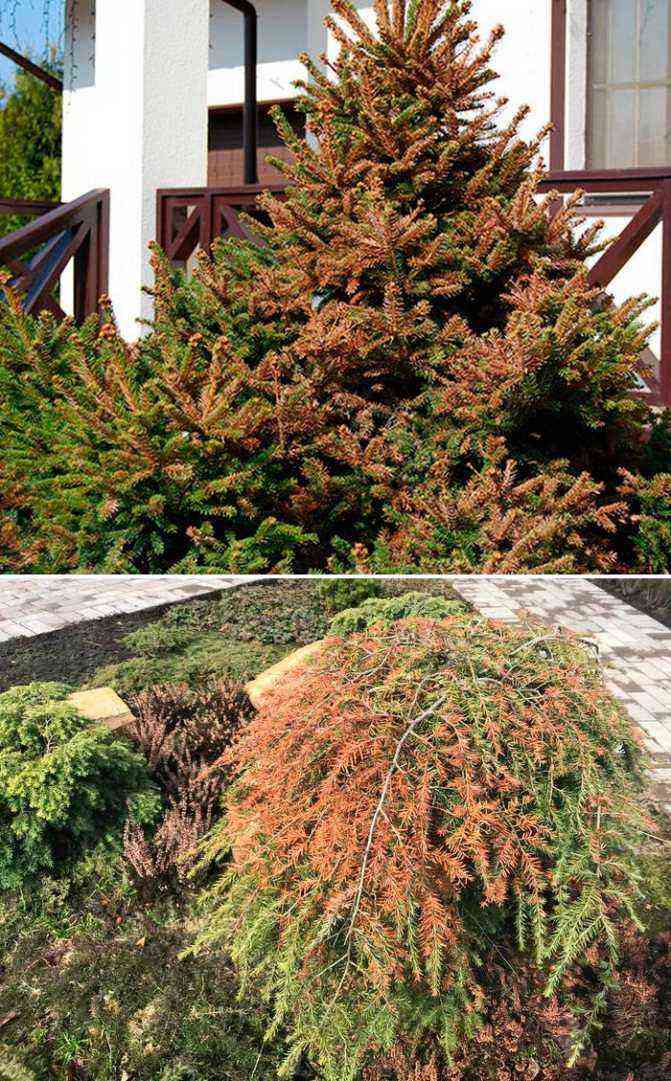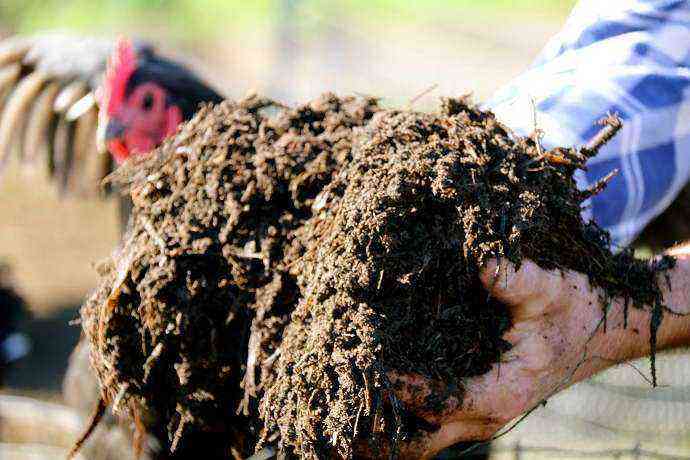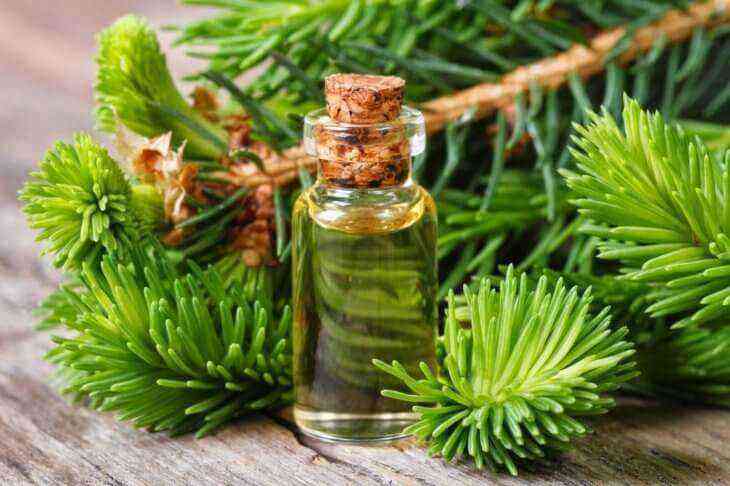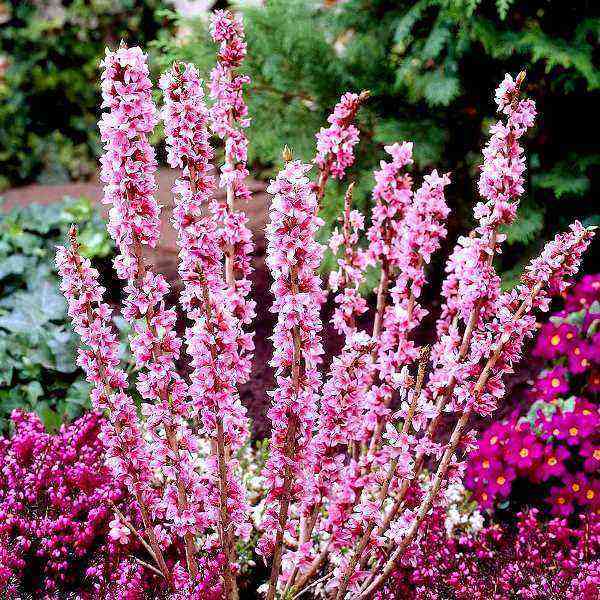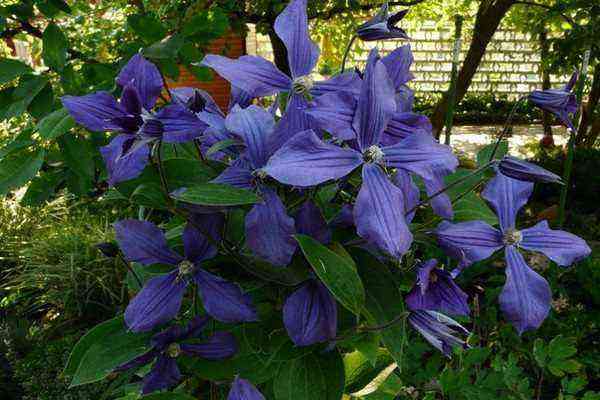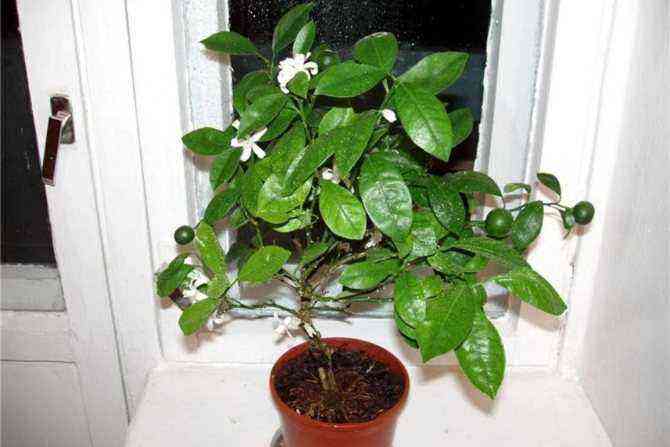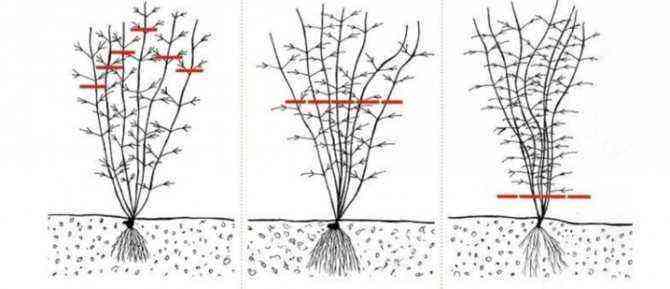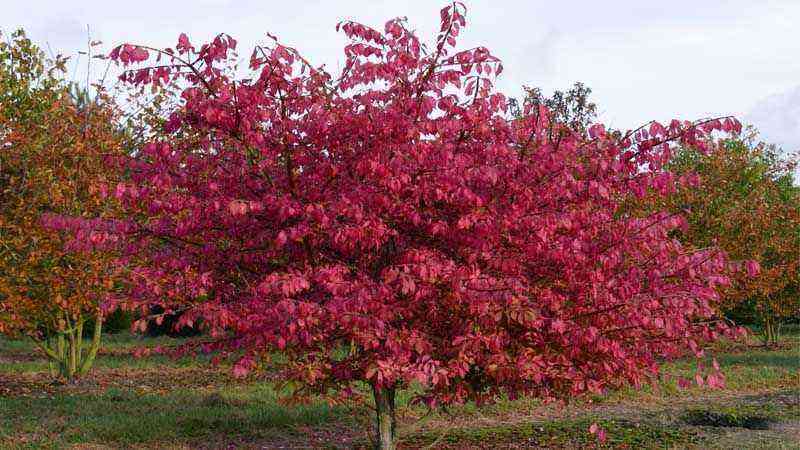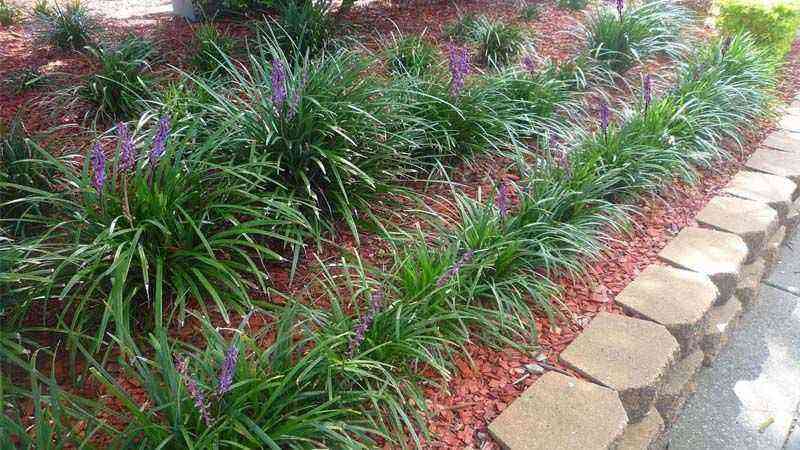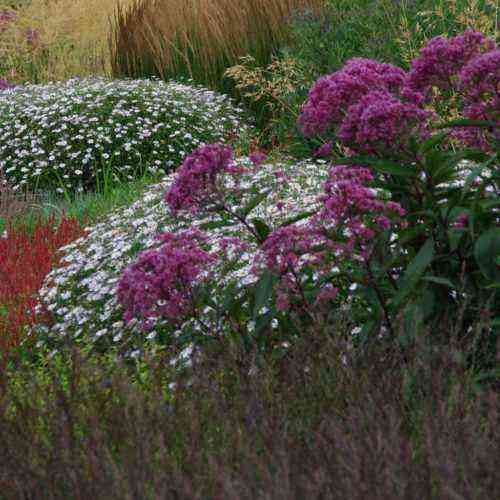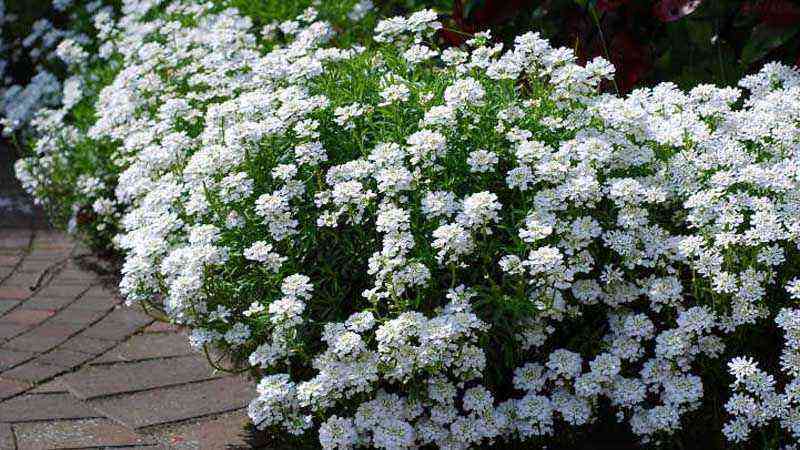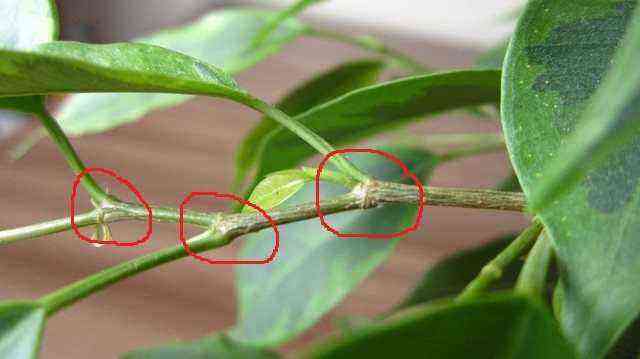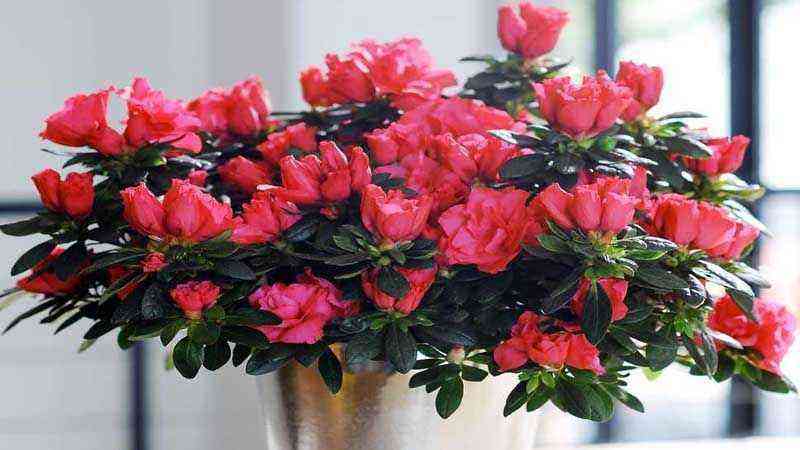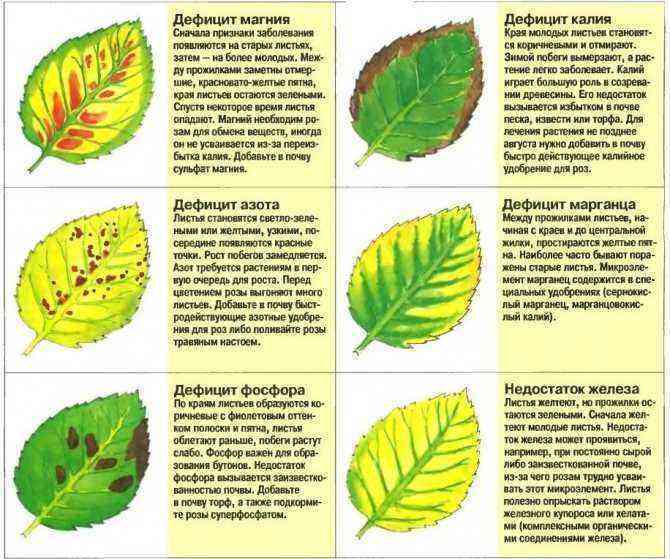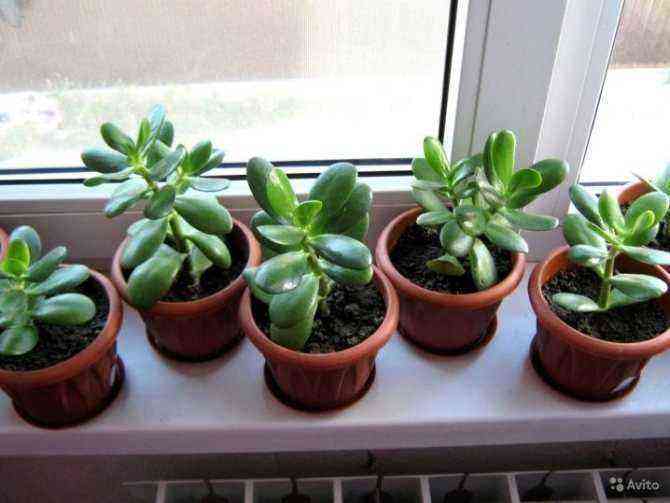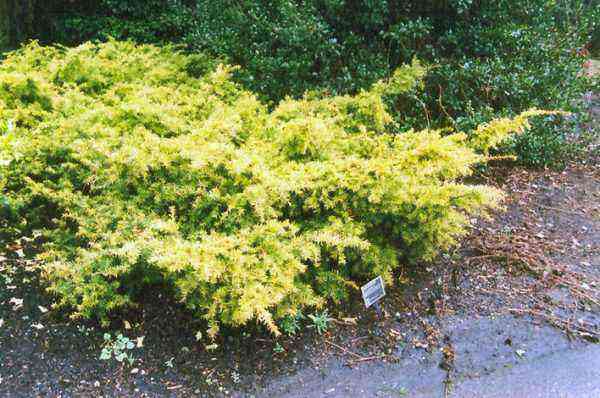Today, at Agromática, we are going to create a file for a plant that will surely surprise you. Is about Wisteria sinensis, an intoxicating plant with purple tones that will climb any surface in your garden. If you are wanting to incorporate a climbing shrub with ornamental characteristics, this is your plant. Ah! and be careful with the children and this plant, we will tell you why.
Cultivation of Wisteria sinensis
When we talk about Wisteria sinensis we actually refer to what we commonly know as wisteria or wisteria. They belong to genus Wisteria, which are climbing species originating on the one hand from the Asian region of China, Japan and Korea, and on the other hand the eastern part of the United States. The glycines they have a incredible growth if we take good care of them, to the point of growing 1 meter per year. Of course, it will do so as long as the conditions are optimal, which we are going to look for from this article.
Weather conditions
If we were to define the cultivation conditions of Wisteria sinensis We would do it through these three ideas: resistant, easy to grow and with great adaptability. It is quite resistant to cold and will withstand it unless very intense frosts occur.
As for the the light, adapts to any conditions of full sun or shade. Keep in mind that given its energetic growth it will be impossible to control, when the wisteria grows a lot, the shade it receives.
Choosing soil for wisteria
If we had the option of choosing a certain soil in our garden for wisteria or wisteria, we would choose it with good organic matter content, fresh, clayey and deep. We say clayey because at wisteria sinensis loves moisture-retaining conditions in the soil. Be careful, with this we are not saying that you like flooded soils, in which case the only thing you will be producing is root asphyxia. If you do not have a clay soil, nothing happens because wisteria adapts to all types of floorsOnly that you will have to achieve that constant humidity throughout the crop.
As for the deep soils, It is very important that it allows a correct development of its roots, which explore deep lands and expand with force, branching on all sides (similar to eucalyptus).
Irrigation dose and fertilizer
With regards to irrigation dose and frequency, we will start from logic knowing that wisteria grows well in environments with moist soil or with good moisture retention capacity. We will water periodically, without allowing stages of drought and much less producing waterlogging. Above all, influence irrigation in its growth stage (the first years).
As to subscriber, a plant like wisteria sinensis It produces a large number of flowers and grows vigorously for a long time (it lives more than 100 years), it needs a constant source of nutrients, especially in the flowering stage. We can use manure, compost or balanced vermicompost, or NPK mineral fertilizers. Regarding the form of fertilization, it should be noted that depending on the soil, for example, if it is of basic pH, we will affect mixtures of acid pH, such as vermicompost, since chlorosis (such as iron chlorosis) due to lack of mineral mobility in calcareous soils.
Multiplication of wisteria or wisteria
When it comes to multiplying the wisteria sinensis we have different options. Seed, cuttings, layers, etc. The main problem appears due to seeds and that is that it takes a long time to grow and especially to flower. We will have to wait many years to see a well-formed wisteria and plant it in our garden.
The multiplication by cuttings has become a very useful and fast technique to get new plants in a short time. In this case we will have to choose a woody stake in summer and cultivate it in controlled conditions (greenhouse or indoor), and using rooting hormones as a recommendation, but not as an obligation.
Laying is another very useful technique (which by the way is somewhat forgotten in Agromática) which is basically the cutting of the roots. It is usually done in autumn in which a woody layer is selected and inserted with the cut down and later, covering with soil and watering abundantly. In the future we will tell you about some elbow techniques.
Ah! And one last thing. If you remember the article where we mentioned a list of 10 toxic plants and of which we had to pay special attention when we live with children or animals, one of them was wisteria. Great care! It is its seeds that are toxic when ingested. They cause dizziness, vomiting, abdominal pain, headache, etc.
